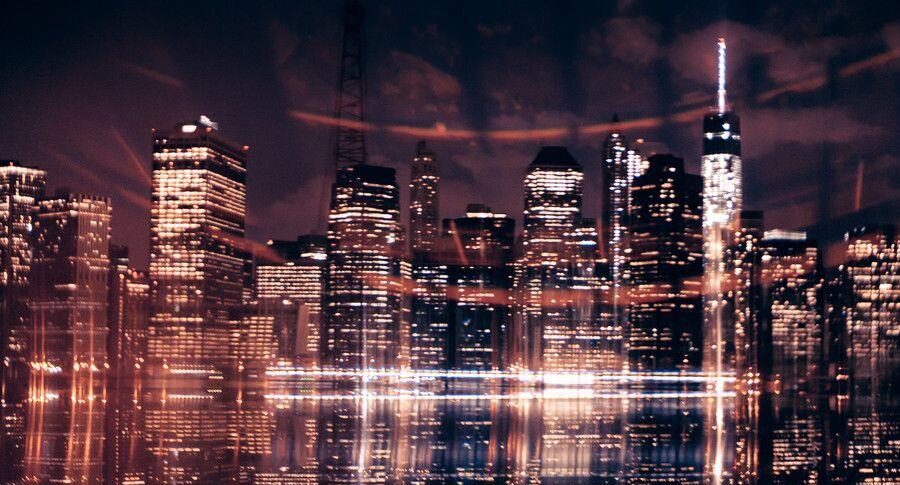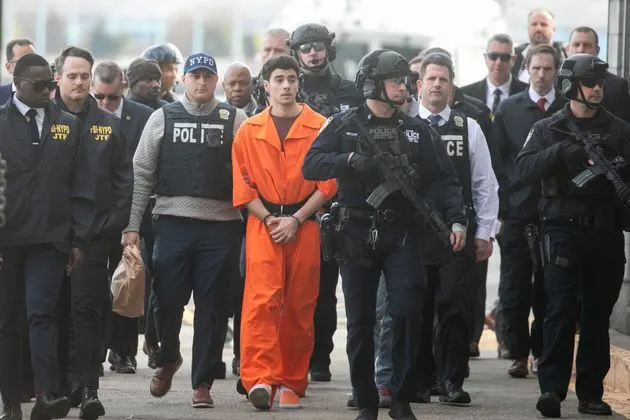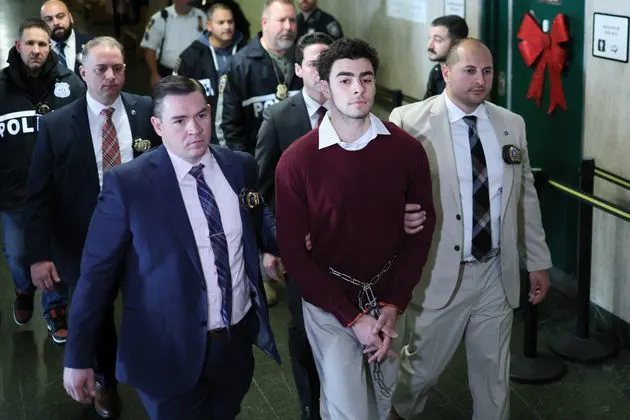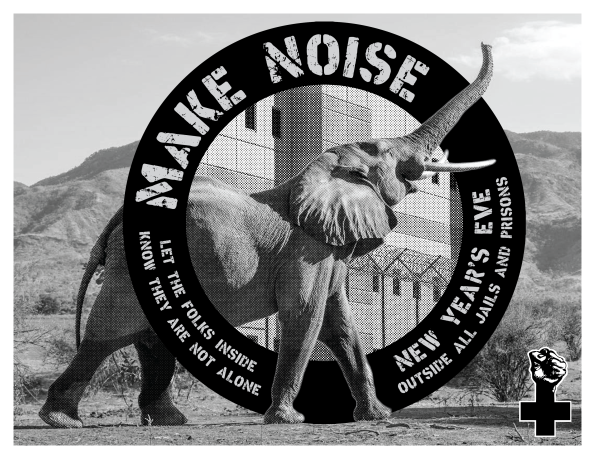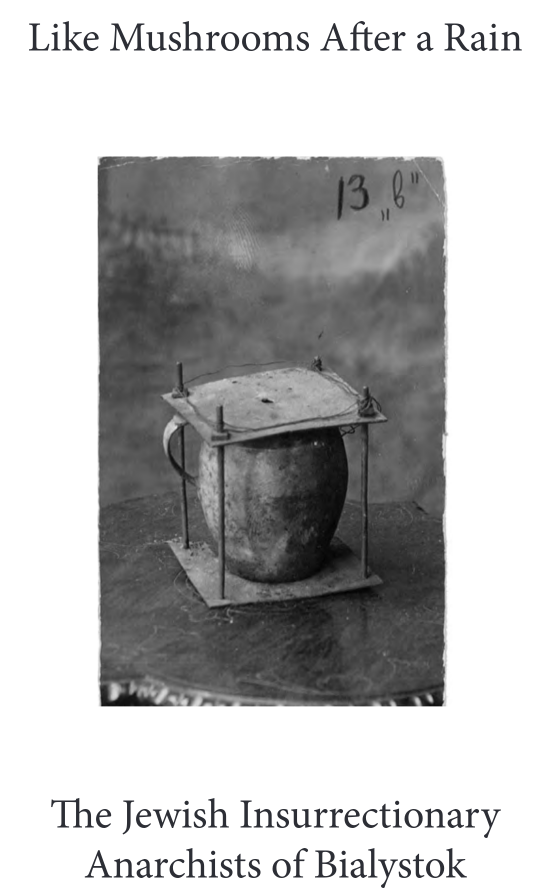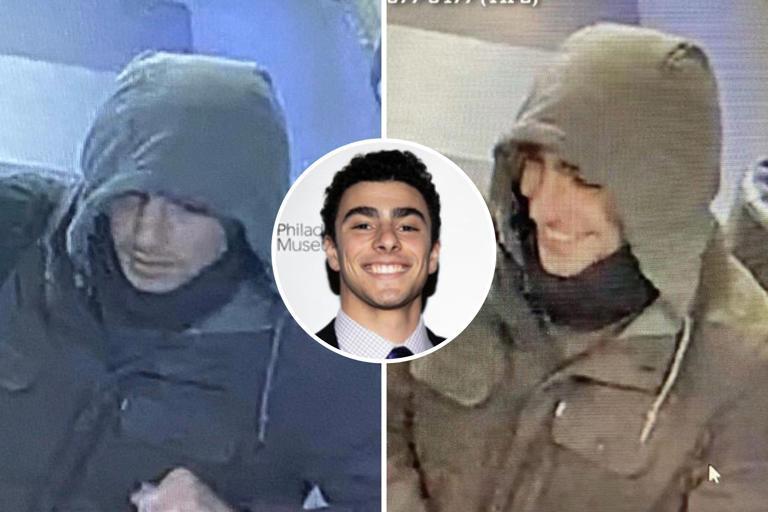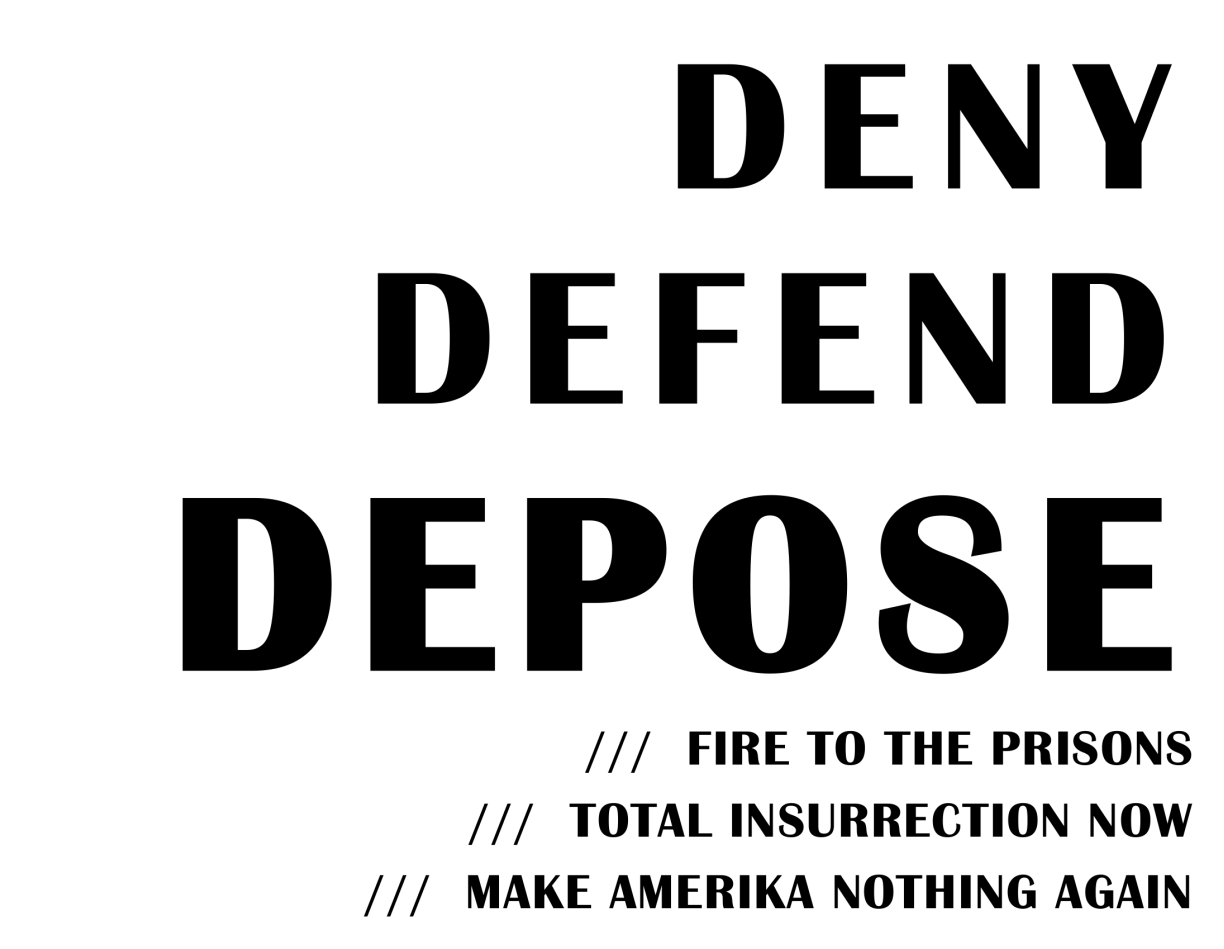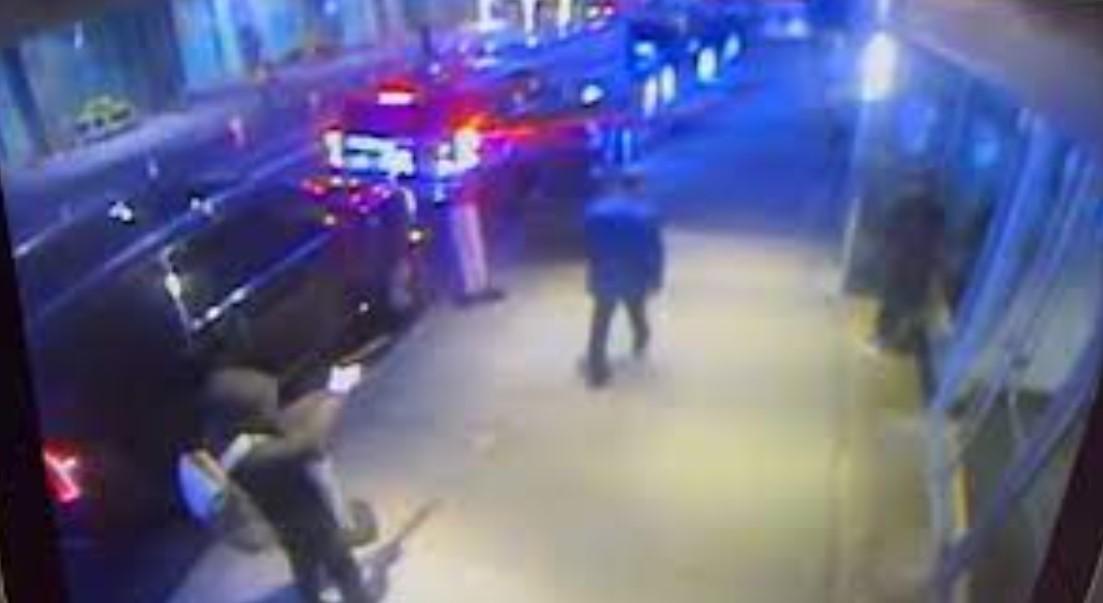The man suspected of gunning down UnitedHealthcare CEO Brian Thompson outside a Midtown Manhattan hotel took a taxi to the Port Authority bus facility at 178th Street and boarded a bus out of New York City following the shooting, according to police.
The unidentified man remains at large in the wake of Wednesday’s attack, which was described by police as “brazen, targeted” and “premeditated.”
The FBI is assisting in a nationwide manhunt for the suspect, according to law enforcement sources. The bus the suspect is believed to have boarded out of the city made six or seven stops, and investigators have followed leads in multiple states, the sources said.
Suspect’s backpack believed to be found
In another development in the investigation, police officers have recovered what is suspected to be the backpack carried by the suspected shooter, a source familiar with the case tells [news source].
The bag was discovered Friday evening in Central Park, where the NYPD deployed an army of officers and drones to conduct a grid search, the source said.
The suspect is seen in footage wearing a backpack prior to the shooting but does not appear to have it on in another video of him on a bike 15 minutes after the shooting.
The killer entered New York City by bus on Nov. 24, when a surveillance camera at Port Authority Bus Terminal caught his arrival at 9 p.m., law enforcement sources told [news source].
The inbound bus originated in Atlanta but it was not immediately clear where the suspect boarded. Sources told [news source] he was spotted on board in Washington, D.C.
The 10-day period he was in New York City before the shooting is the focus of investigative efforts.
Police have collected video of the suspect all over the city, including in the subway, in cabs and a McDonald’s, sources told [news source]. In each place, he paid with cash and he made sure to keep his mask on, which indicates to detectives he knew he was coming to New York City to commit the murder, sources said.
Police were able to find a surveillance image of the suspect without his face mask on because he was flirting with the woman who checked him into a hostel on Manhattan’s Upper West Side, police sources said.
As he stood at the check-in desk, the sources said the woman asked to see his smile. The shooter obliged, pulling down his mask long enough for the surveillance camera to capture his face.
Police have determined the suspect checked into the hostel using a New Jersey license that wasn’t his own, police sources told [news source].
The masked gunman shot Thompson at point-blank range at 6:44 a.m. Wednesday outside the New York Hilton Midtown, where Thompson was heading for his company’s investors conference.
“The shooter then walks toward the victim and continues to shoot,” NYPD Chief of Detectives Joseph Kenny said. “It appears that the gun malfunctions, as he clears the jam and begins to fire again.”
Written on the shell casings were the words “deny,” “defend” and “depose,” according to police sources.
The words on the bullets echo the title of the 2010 book “Delay, Deny, Defend: Why Insurance Companies Don’t Pay Claims and What You Can Do About It.” Police are aware of the similarity, and are investigating whether one possible motive is anger at the insurance industry, sources said.
Investigators believe they were able to score DNA samples from several pieces of evidence discovered at or near the crime scene, law enforcement sources told [news source]. The samples are currently at the NYC Office of the Chief Medical Examiner to be run through databases for a possible match — a process that could take several days, the sources said.
Police were also able to extract a fingerprint off a water bottle the suspect bought at a Starbucks, but the print is smudged so it’s not clear how helpful it will be, sources said.
The suspect fled on foot and then fled north on a bike and rode into Central Park, police said.
After leaving Central Park, he took a cab to the bus terminal.
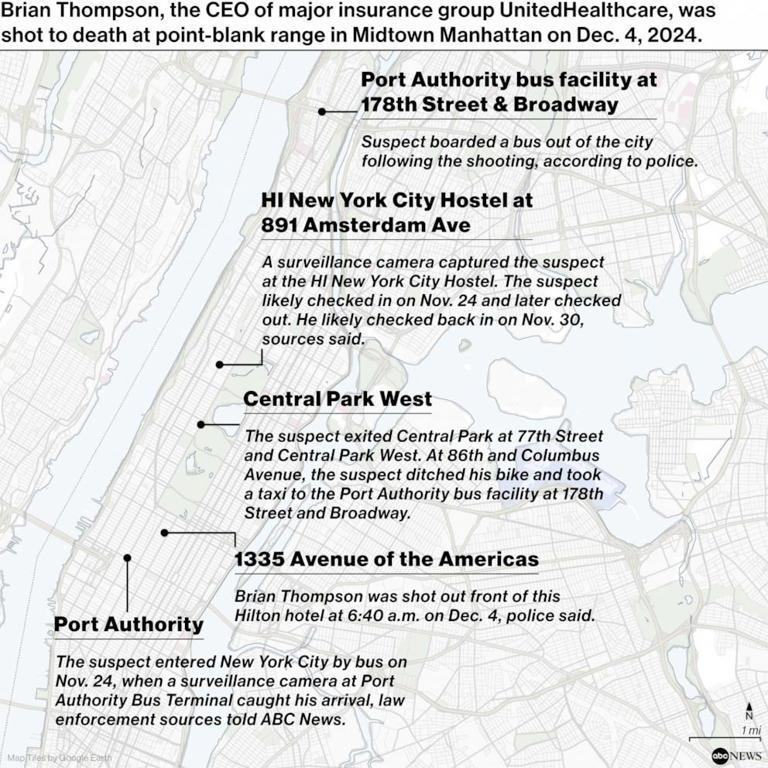
The backpack recovered by the NYPD that allegedly belonged to the suspect wanted in the shooting of UnitedHealthcare CEO Brian Thompson, only had two items inside: a Tommy Hilfiger jacket and Monopoly money, sources with knowledge of the ongoing investigation told [news source] Saturday.
The NYPD believes it is making good progress toward identifying the suspect but, as of Saturday evening, no identification has been made, sources told [news source].
Investigators continued to comb through the city for evidence and clues for a fourth day to try and catch the unidentified fugitive. That included the use of police divers.
Police have not yet recovered the distinctive gun used in the shooting. It is unclear if officers recovered any evidence from the water.
New York investigators and the FBI continue to track the shooter’s movements after the Wednesday morning incident and have said that he left the city that day.
Some New York investigators arrived in Atlanta Saturday following tips that have come in about the shooter, according to sources. The Atlanta PD confirmed the arrival of the New York team but declined to give more specifics.
Meanwhile, citing the recent killing of Thompson, Centene, a major health insurer, said it would be moving its planned in-person investor day in New York City next week to virtual, according to a statement from the company on Friday.
Health insurance shares fall after UnitedHealth CEO murder in New York
Shares of health insurance companies including UnitedHealth Group UNH.N continued to fall on Friday, two days after Brian Thompson, the CEO of the company’s health insurance unit, was fatally shot outside a Manhattan hotel by a gunman lying in wait.
Thompson’s death sparked a wide social media conversation over frustrations with navigating the U.S. health insurance system, particularly when medical expenses are not covered or insurance claims or requests for care are denied.
“The anti-insurer sentiment expressed by the public after this event suggests that UnitedHealth and perhaps the industry may need to adjust how they handle coverage decisions,” said Morningstar analyst Julie Utterback.
Shares of UnitedHealth were down 4.8% on Friday after a 5% drop on Thursday. Rival insurers Elevance ELV.N, Centene CNC.N, CVS Health CVS.N, and Cigna CI.N also fell between 1% and 3% in afternoon trading. Those shares all lost ground on Thursday as well.
Social media sites have been flooded with angry posts attacking the companies and users sharing personal frustrations on coverage rejections and how they have been denied necessary care, as well as sarcastic videos with unsympathetic messages like “thoughts and prayers require prior authorization.”
Health insurance companies are reassessing the risks for their top executives with both UnitedHealth and CVS removing photos of their leadership teams from their websites after the shooting.
Compiled from mainstream news sources.
